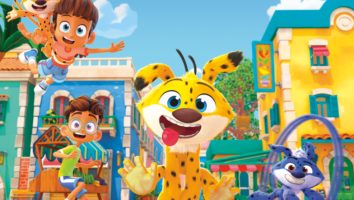READ THE FULL STORY
Enjoy your first 14 days FREE with an annual subscription!
- Unlock this article, plus our full content archive on kidscreen.com
- Stay up to date with the latest news in the global kids entertainment industry
- Business insights and thought leadership delivered to your inbox each weekday
Already a subscriber? Sign in here





















